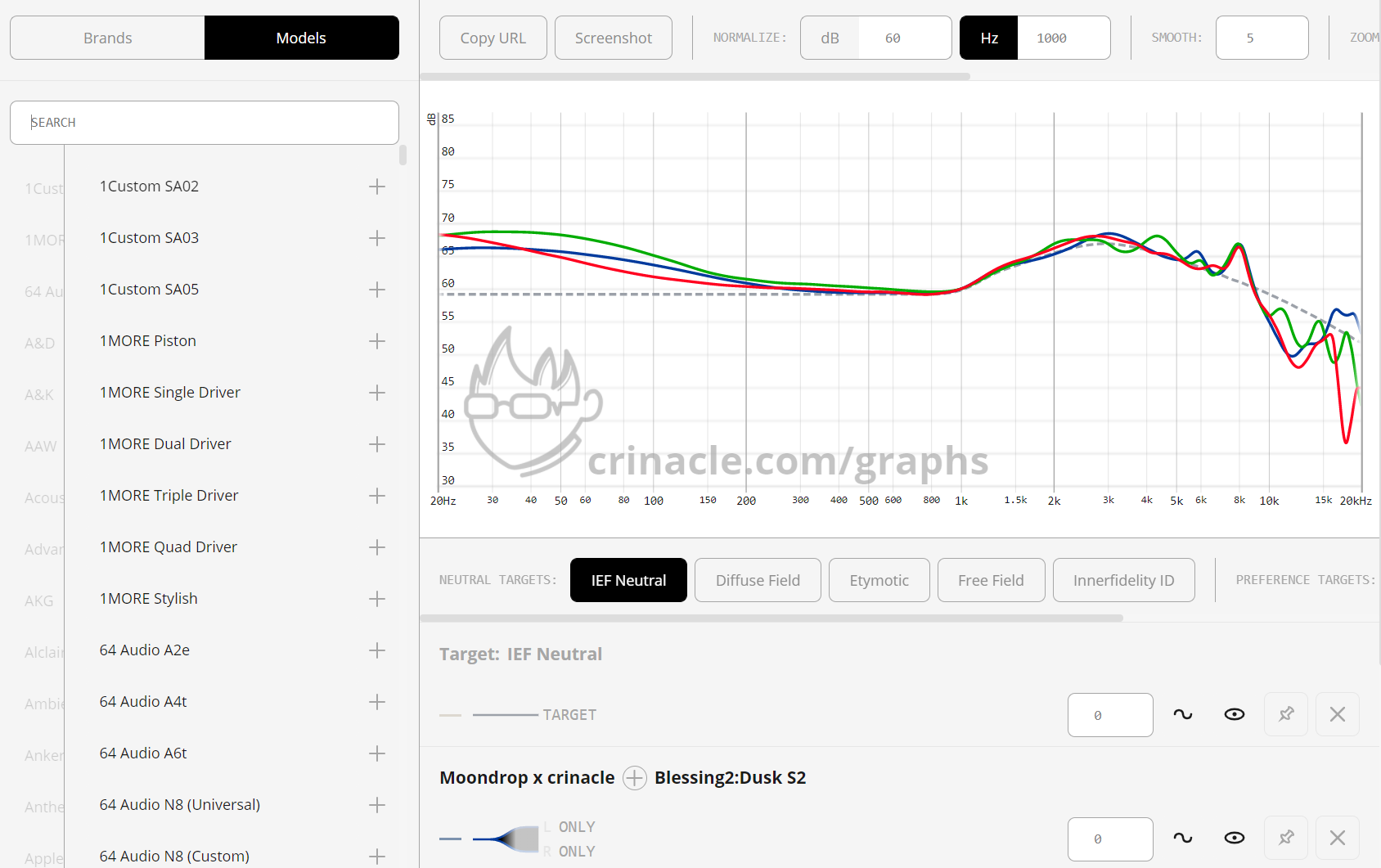The average Harman used was the average preference rating. Can you explain how it gets the highest average preference rating if it "doesn't get close for most people"?
That is a comparison of headphones with significantly different equalization curves.
Ignoring the tiny sample size of 4 and other metrics like distortion, the preference would show that the 3 other headphones have worse FR on average, or in other words, that there would be merit in Harman's target curve.
Note that I'm not saying that that's not the case. I'm not saying that it's impossible to come up with an average target curve that on average will be preferred over what some manufacturers did not too long ago and still do today: some engineers tuning the headphones by (their own) ear.
And that's proving my point. To those engineers, the perfectly tuned headphones sounded excellent to them. Consequently, it's more likely to sound worse on average to a large set of consumers than a headphone tuned for an averaged target.
Maybe you misunderstood what I meant by "getting close" and the magnitudes of equalization I'm talking about. I'm not talking about getting in the ballpark (like general lows/mids/highs balance, huge peaks/dips ...). I'm talking about the last couple of dB. But to me that's enough to make or break a headphone's equalization, as I mentioned in
#172. I don't think I'm too particular, considering I'm posting on a forum where people complain about some pixels over 100 dB down on amp distortion graphs.
If it's still not clear what I'm saying: give those ~240 listeners the tool to equalize HP1 to their own preference given their own choice of music. They'll come up with equalization curves that will fit their own preferences better than Harman's curve. That's my point. And ironically, iirc, that's (part of) what Harman did to derive their averaged target curve!


